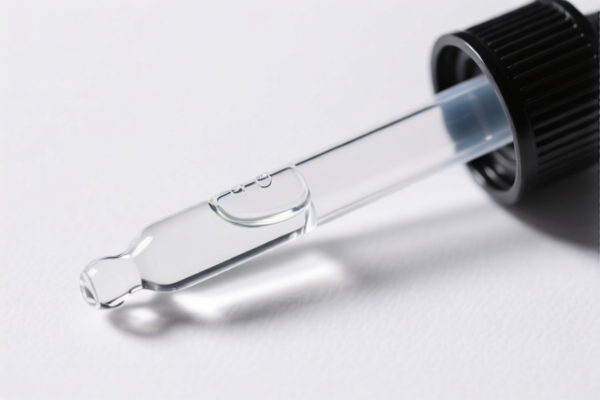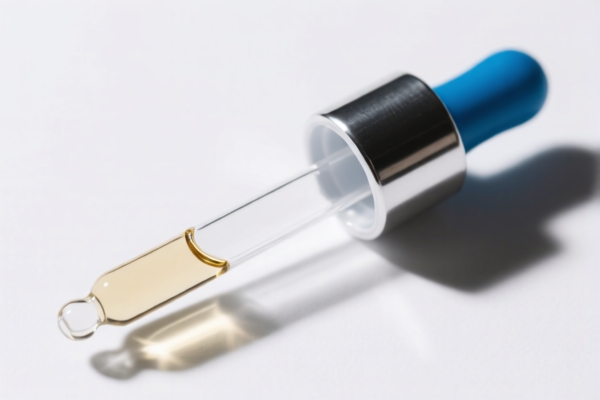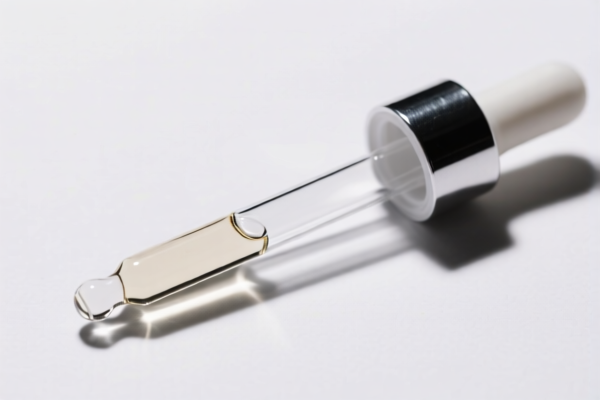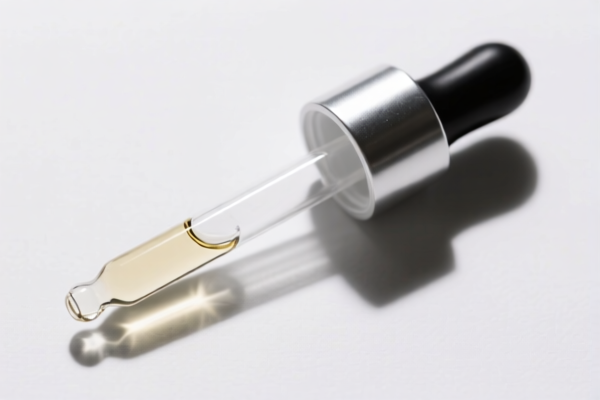| HS Code | Official Doc | Tariff Rate | Origin | Destination | Effective Date |
|---|---|---|---|---|---|
| 9017800000 | Doc | 60.3% | CN | US | 2025-05-12 |
| 9027908800 | Doc | 55.0% | CN | US | 2025-05-12 |
| 3923500000 | Doc | 60.3% | CN | US | 2025-05-12 |
| 3923900080 | Doc | 58.0% | CN | US | 2025-05-12 |
| 3926909910 | Doc | 42.8% | CN | US | 2025-05-12 |
| 3926902100 | Doc | 41.7% | CN | US | 2025-05-12 |




Pipette Plug
A pipette plug, also known as a pipette stopper or blowout plug, is a small, typically plastic or rubber component used to accurately dispense liquids from graduated pipettes. It is inserted into the top of the pipette to create a closed system, allowing for precise control of liquid flow and, crucially, complete liquid delivery.
Material:
- Rubber: Historically common, offering a good seal but prone to degradation over time and potential contamination.
- Plastic (Polyethylene, PTFE): More prevalent now due to chemical resistance, durability, and lower contamination risk. PTFE (Teflon) offers superior resistance to a wide range of chemicals.
- Silicone: Used in specialized applications requiring high flexibility and temperature resistance.
Purpose:
The primary purpose of a pipette plug is to enable blowout pipetting, a technique used to ensure complete removal of liquid from a pipette after dispensing. Without a plug, a small amount of liquid often remains adhering to the pipette’s walls due to surface tension.
Function:
The plug creates an airtight seal within the pipette’s tip. When pressure is applied to the pipette bulb or a pipetting aid, the pressure forces the remaining liquid out of the tip, delivering the full calibrated volume. The plug also prevents back-suck, protecting the pipette bulb or aid from contamination.
Usage Scenarios:
- Quantitative Analysis: Critical in laboratory settings where precise liquid volumes are required for accurate measurements and experiments.
- Titrations: Used to accurately deliver titrant solutions.
- Volumetric Analysis: Essential for preparing standard solutions and performing dilutions.
- General Liquid Handling: Applicable in any situation where complete liquid delivery is necessary.
Common Types:
- Universal Plugs: Designed to fit a range of pipette sizes. Often adjustable or come in multiple sizes.
- Size-Specific Plugs: Manufactured to precisely fit specific pipette volumes (e.g., 10 mL, 25 mL, 50 mL pipettes). These offer the most secure seal.
- Blowout Plugs with Valve: Include a valve mechanism to control airflow and prevent liquid backflow during pipetting.
- Three-Way Plugs: Allow for both blowing out liquid and drawing liquid into the pipette.
Pipette plugs fall under several potential classifications based on material and application, as detailed below.
- 3923500000 - Articles for the conveyance or packing of goods, of plastics; stoppers, lids, caps and other closures. This HS code covers articles made of plastics used for conveying or packing goods, including stoppers, lids, and caps. Pipette plugs, if made of plastic and used as closures, may fall under this classification. The total tax rate is 60.3%, comprised of a 5.3% base tariff and a 25.0% additional tariff, increasing to 30% after April 2, 2025.
- 3923900080 - Articles for the conveyance or packing of goods, of plastics; stoppers, lids, caps and other closures: Other Other. This is a more specific classification within the plastics category for articles used for conveyance or packing. If the pipette plugs are made of plastic and are considered 'other' types of closures, this HS code may apply. The total tax rate is 58.0%, consisting of a 3.0% base tariff and a 25.0% additional tariff, rising to 30% after April 2, 2025.
- 3926909910 - Other articles of plastics and articles of other materials of headings 3901 to 3914: Other: Other Laboratory ware. If the pipette plugs are specifically designated as laboratory ware and made of plastic or other materials within headings 3901 to 3914, this HS code could be applicable. The total tax rate is 42.8%, with a 5.3% base tariff and a 7.5% additional tariff, increasing to 30% after April 2, 2025.
It is important to determine the material composition and intended use of the pipette plugs to select the most accurate HS code. If the plugs are used in a laboratory setting, HS code 3926909910 should be considered. If they are simply plastic closures, either 3923500000 or 3923900080 may be appropriate.
Customer Reviews
No reviews yet.